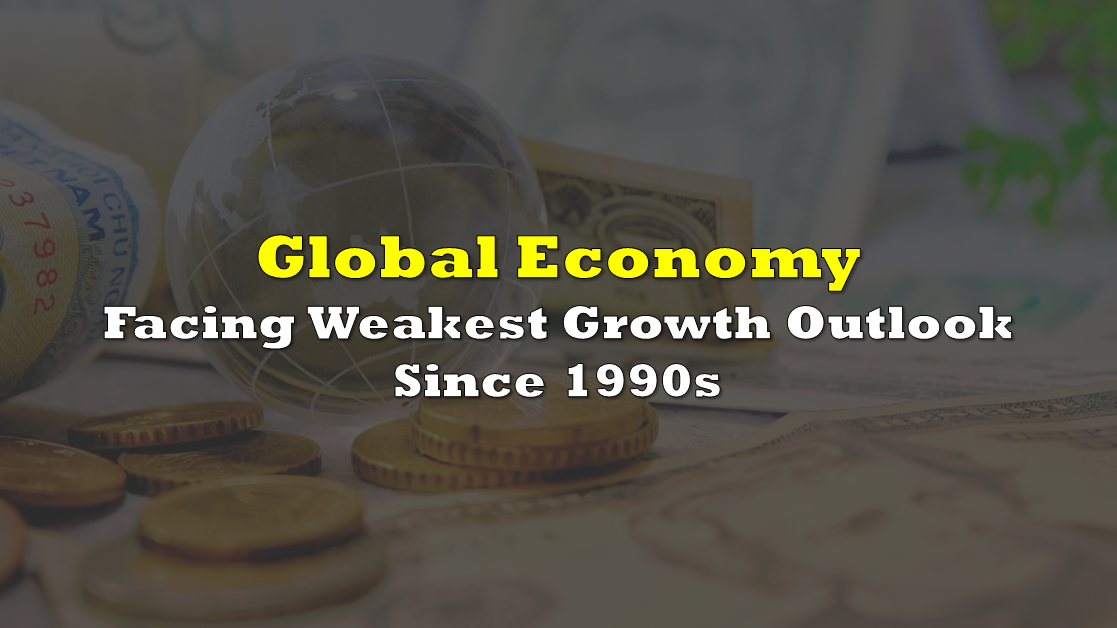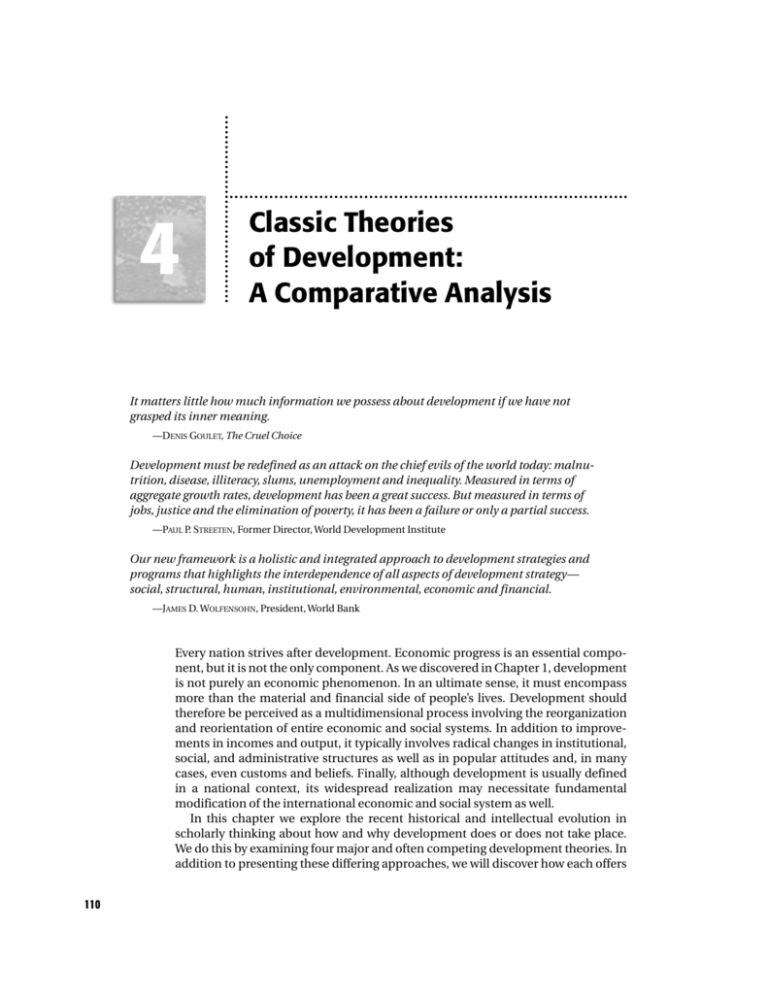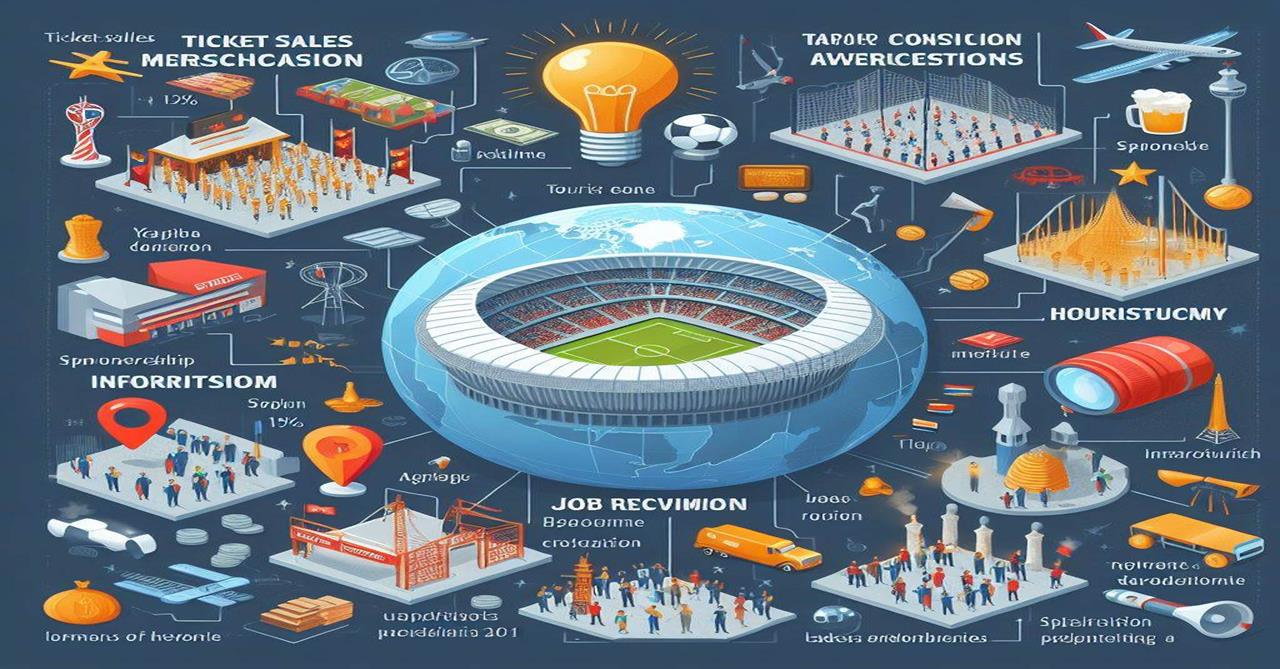
Unlocking Prosperity: A Deep Dive into Global Economic Growth Drivers
The economy is a bit like a giant, interconnected machine. When it runs well, it creates jobs, improves living standards, and fosters innovation. But what exactly are the gears and levers that make this machine grow? Understanding the global economic growth drivers is key to comprehending how nations prosper and how our world changes.
For beginners, "economic growth" simply means an increase in the production of goods and services in an economy over time. It’s usually measured by something called Gross Domestic Product (GDP), which is the total value of everything produced in a country in a year. When GDP goes up, it generally means more jobs, more income, and more opportunities for everyone.
So, what are the powerful forces that fuel this growth? Let’s take a deep dive.
I. The Bedrock of Progress: Innovation & Technology
Imagine a world without the internet, smartphones, or advanced medical treatments. Technology and innovation are arguably the most transformative drivers of economic growth. They don’t just make existing things better; they create entirely new industries, jobs, and ways of life.
- What it is:
- Innovation: Creating new ideas, methods, products, or services.
- Technology: The application of scientific knowledge for practical purposes, often resulting from innovation.
- How it drives growth:
- Increased Productivity: New technologies allow us to produce more goods and services with the same (or fewer) resources. Think of robots in factories or powerful software that automates tasks.
- New Industries & Jobs: The internet led to e-commerce, social media, and app development, creating millions of jobs that didn’t exist before. Artificial Intelligence (AI) and biotechnology are doing the same today.
- Improved Quality of Life: From life-saving medicines to efficient transportation, technology enhances our well-being, which in turn can boost economic activity.
- Access to Information: The digital revolution has democratized knowledge, enabling more people to learn, innovate, and participate in the global economy.
II. People Power: Human Capital & Labor Force
An economy isn’t just about machines and money; it’s fundamentally about people. The skills, knowledge, health, and sheer number of people available to work are crucial for economic output. This is what we call Human Capital.
- What it is:
- Human Capital: The economic value of a worker’s experience and skills. This includes education, training, health, and even social skills.
- Labor Force: The total number of people who are employed or actively looking for work.
- How it drives growth:
- Education & Skills: A well-educated and skilled workforce is more productive, adaptable, and innovative. Countries that invest heavily in education often see higher economic growth.
- Health & Well-being: Healthy workers are more productive, miss fewer workdays, and live longer, contributing more over their lifetime.
- Labor Force Participation: The more people who are able and willing to work (especially women and younger generations), the larger the potential output of an economy.
- Demographics: The age structure and growth of a population significantly impact the labor force. A growing young population can provide a demographic dividend, while an aging population can pose challenges.
III. Fueling the Engine: Capital Investment
Just as a car needs fuel, an economy needs investment to grow. Capital investment refers to the money spent by businesses and governments on things that help them produce more in the future.
- What it is:
- Physical Capital: Machinery, factories, tools, equipment, buildings, and infrastructure (roads, bridges, power grids).
- Financial Capital: The money used to purchase physical capital.
- How it drives growth:
- Increased Production Capacity: More factories and better machines mean an economy can produce more goods and services.
- Improved Efficiency: New equipment often incorporates the latest technology, leading to more efficient production and lower costs.
- Infrastructure Development: Roads, ports, and reliable energy grids reduce transportation costs, connect markets, and make it easier for businesses to operate.
- Job Creation: Building new factories, roads, or power plants creates jobs in construction and related industries.
IV. The Guiding Hand: Government Policies & Institutional Stability
While markets are powerful, governments play a vital role in creating an environment where economic growth can flourish. Good governance and sound policies provide the rules of the game and essential public goods.
- What it is:
- Government Policies: Decisions made by governments regarding spending, taxation, regulation, and interest rates (often through central banks).
- Institutional Stability: A predictable and fair legal system, protection of property rights, low corruption, and political stability.
- How it drives growth:
- Stable Economic Environment: Predictable rules, low inflation, and a stable financial system encourage businesses to invest and innovate.
- Infrastructure Investment: Governments often fund large-scale infrastructure projects that benefit the entire economy.
- Education & Healthcare: Public spending on these areas builds human capital.
- Rule of Law & Property Rights: Businesses are more likely to invest if they know their contracts will be enforced and their assets protected. This builds trust and reduces risk.
- Fiscal Policy: Government spending (e.g., on infrastructure, research) and taxation can stimulate or cool down economic activity.
- Monetary Policy: Central banks manage the money supply and interest rates to control inflation and encourage investment.
V. Connecting the World: International Trade & Globalization
In today’s interconnected world, no country is an island. International trade allows countries to specialize in what they do best and exchange goods and services with others, leading to greater efficiency and choice.
- What it is:
- International Trade: The exchange of goods and services across national borders.
- Globalization: The increasing interconnectedness of countries through trade, investment, technology, and culture.
- How it drives growth:
- Specialization & Efficiency: Countries can focus on producing what they are most efficient at (e.g., Germany cars, China electronics), leading to lower costs and higher quality.
- Access to Larger Markets: Businesses can sell their products to billions of customers worldwide, increasing their potential for growth.
- Increased Competition: Foreign competition can push domestic companies to innovate and become more efficient, benefiting consumers.
- Transfer of Technology & Knowledge: Trade facilitates the spread of new ideas and technologies across borders.
- Economies of Scale: Producing for a global market allows companies to produce at a larger scale, often reducing per-unit costs.
VI. The Spark of Enterprise: Entrepreneurship & Business Environment
Economic growth doesn’t just happen; it’s often driven by individuals and small groups who are willing to take risks, innovate, and start new ventures. This is the spirit of entrepreneurship.
- What it is:
- Entrepreneurship: The process of designing, launching, and running a new business, often with a focus on innovation and risk-taking.
- Business Environment: The overall conditions that affect how easy or difficult it is to start, operate, and grow a business in a country.
- How it drives growth:
- Job Creation: New businesses are a major source of new jobs, from entry-level positions to highly specialized roles.
- Innovation & New Products: Entrepreneurs are often at the forefront of developing new ideas, products, and services that address unmet needs or create entirely new markets.
- Competition & Efficiency: New businesses challenge existing ones, fostering competition that can lead to better products and services at lower prices.
- Economic Dynamism: A thriving entrepreneurial ecosystem keeps an economy vibrant and adaptable to change.
- Access to Finance: The availability of loans, venture capital, and other funding sources is crucial for new businesses to get off the ground.
VII. Looking Ahead: Emerging Drivers & Challenges
The world is constantly changing, and so are the forces shaping economic growth. Some new drivers are emerging, while existing ones face new challenges.
- Emerging Drivers:
- Sustainability & Green Economy: Growing demand for environmentally friendly products and services is creating new industries (e.g., renewable energy, sustainable agriculture) and jobs.
- Digital Transformation: The ongoing shift to digital technologies, big data, and artificial intelligence is reshaping industries and creating unprecedented opportunities for efficiency and new business models.
- Global Connectivity: The internet and mobile technology are connecting more people than ever before, fostering new forms of collaboration and commerce.
- Challenges to Growth:
- Climate Change: Extreme weather events, resource scarcity, and the need for costly adaptation measures can hinder economic activity.
- Inequality: If the benefits of growth are not widely shared, it can lead to social unrest and limit overall demand.
- Geopolitical Instability: Conflicts, trade wars, and political uncertainty disrupt supply chains and deter investment.
- Pandemics & Health Crises: As seen with COVID-19, global health crises can severely impact economic activity and human capital.
- Aging Populations: Many developed countries face challenges with fewer working-age people supporting a growing number of retirees.
Conclusion: The Interconnected Web of Prosperity
As you can see, global economic growth is not driven by a single factor but by a complex, interconnected web of forces. Technology fuels productivity, skilled people wield that technology, investment provides the tools, governments set the stage, trade expands markets, and entrepreneurs bring new ideas to life.
Understanding these global economic growth drivers helps us appreciate the intricate dance that shapes our world. By focusing on policies and investments that strengthen these drivers, nations can pave the way for greater prosperity, better living standards, and a more resilient global economy for everyone. It’s a continuous journey of learning, adapting, and innovating to keep the engine of progress running smoothly.




Post Comment